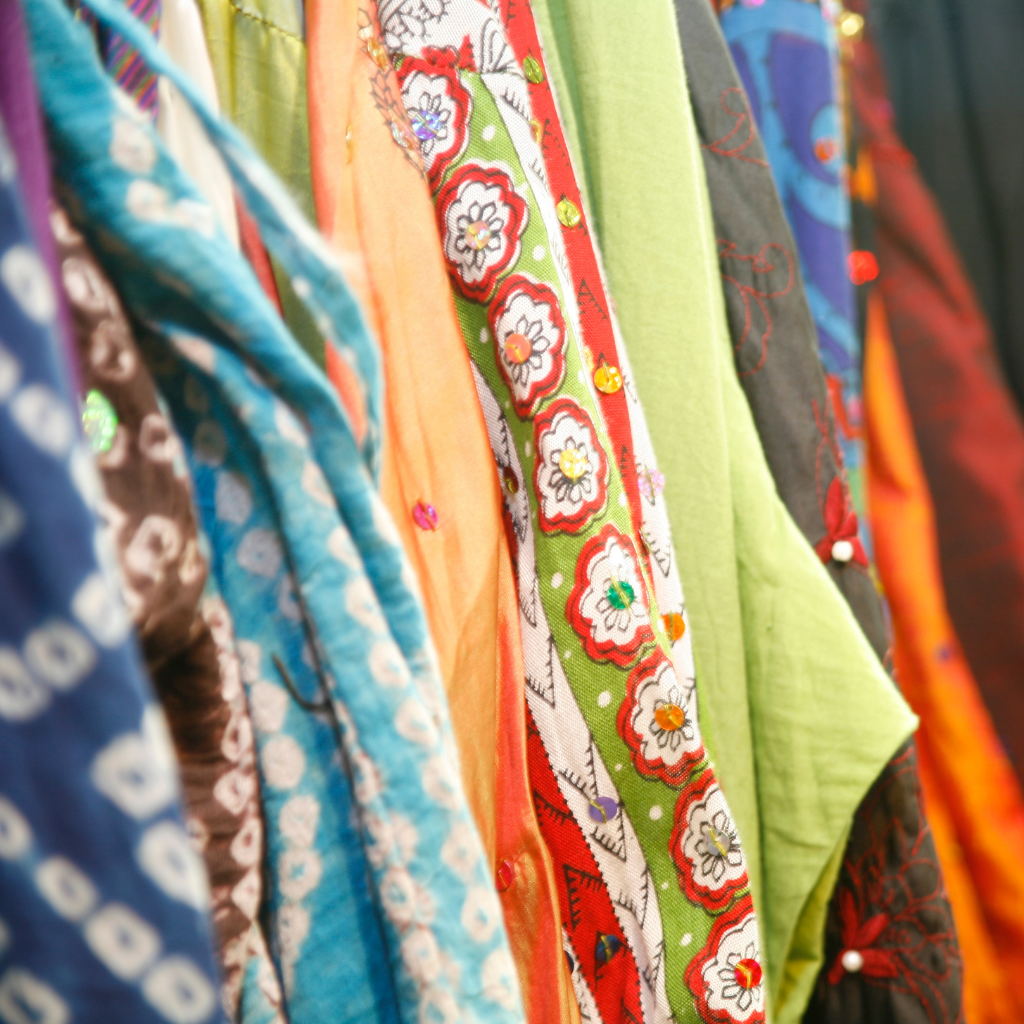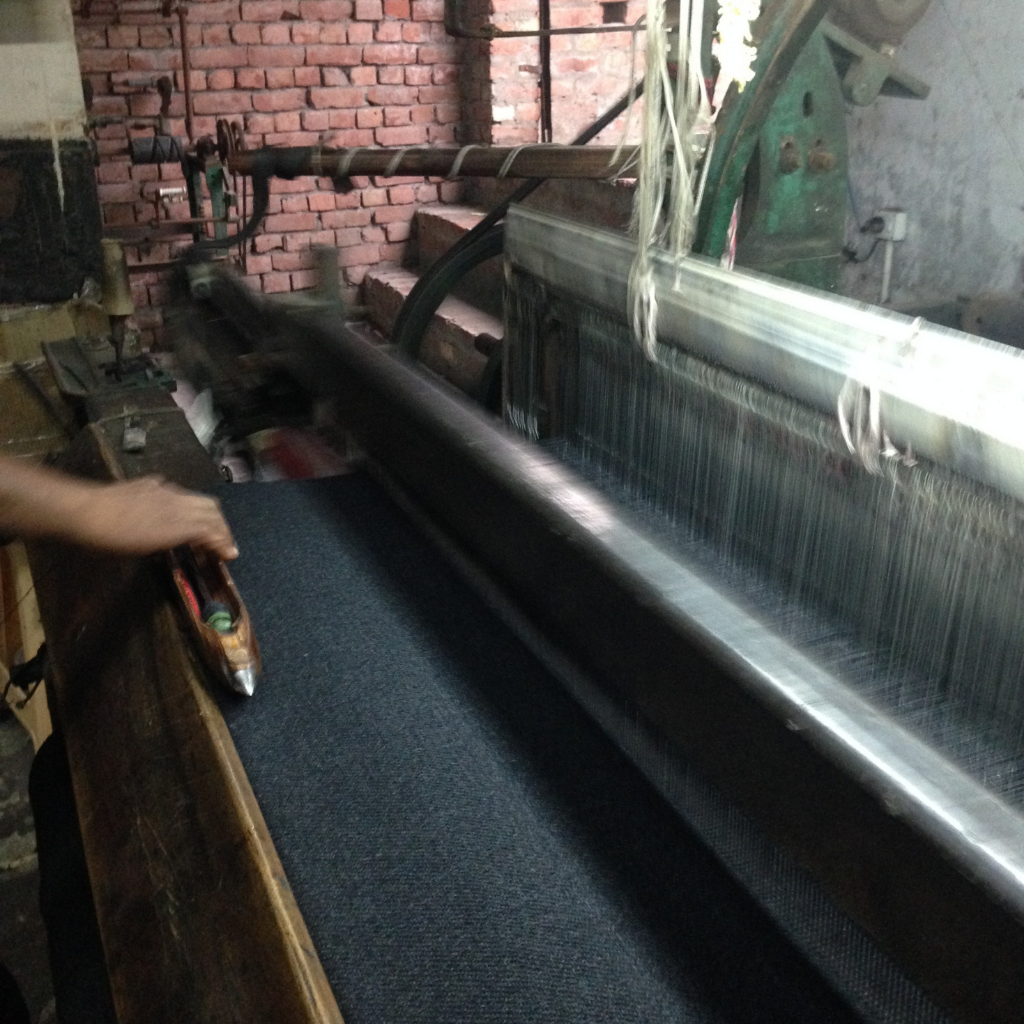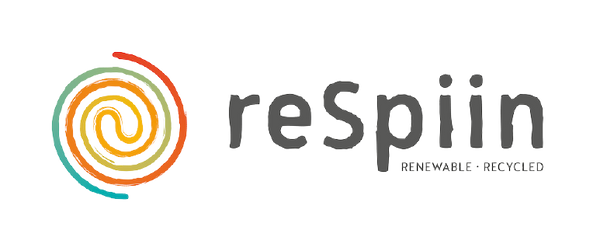
What is Seagrass?
Seagrasses grow very quickly in shallow saltwater along coastlines and rivers. Once mature, the grasses are cut by hand and dried in the sun, then hand twisted and woven. The dried seagrass is durable and moisture-resistant.
How is Seagrass Used?
Seagrass has been woven by people for thousands of years.
Our baskets use both woven seagrass that is twisted together, and also
coiled seagrass that is sewn into place to create light and strong
tablemats and bowls.
The seagrass we use for our home accessories is farmed sustainably in Bangladesh.



Why is Seagrass a Sustainable Material?
-
Low Environmental Impact
Seagrass is 100% natural, always undyed, and is fully biodegradable.
-
Absorbs Carbon Dioxide
Seagrass captures carbon up to 35 times faster than tropical rainforests.
-
Fast Growing
Seagrass grows very quickly, so quickly replenishes after it is harvested.
Shop our Seagrass Collection
-
Set of 6 Seagrass & Jute Coasters - Brights
Regular price £6.50Regular priceUnit price / per -
Set of 6 Seagrass & Jute Coasters - Naturals
Regular price £6.50Regular priceUnit price / per -
Set of 6 Seagrass & Jute Tablemats - Brights
Regular price £19.00Regular priceUnit price / per -
Set of 6 Seagrass & Jute Tablemats - Naturals
Regular price £19.00Regular priceUnit price / per
More materials
-

Jute
Jute plants are easy to grow with little need for fertilisers or pesticides and have a high yield per acre. They absorb more CO2 than trees so are good for the air, and are enriching for the soil. Learn more
-

Saris
Old saris are sold by households to pedlars, who sell the saris onto companies who usually recycle them. Instead we reuse the saris, weaving them together with sustainable seagrass to make a beautiful, one of a kind basket. Learn more
-

Recycled Wool
Used wool fabrics are collected in recycling banks around the world. In India they are sorted into colour, broken down into fibres, spun into yarn and then woven into fabric. Learn more











